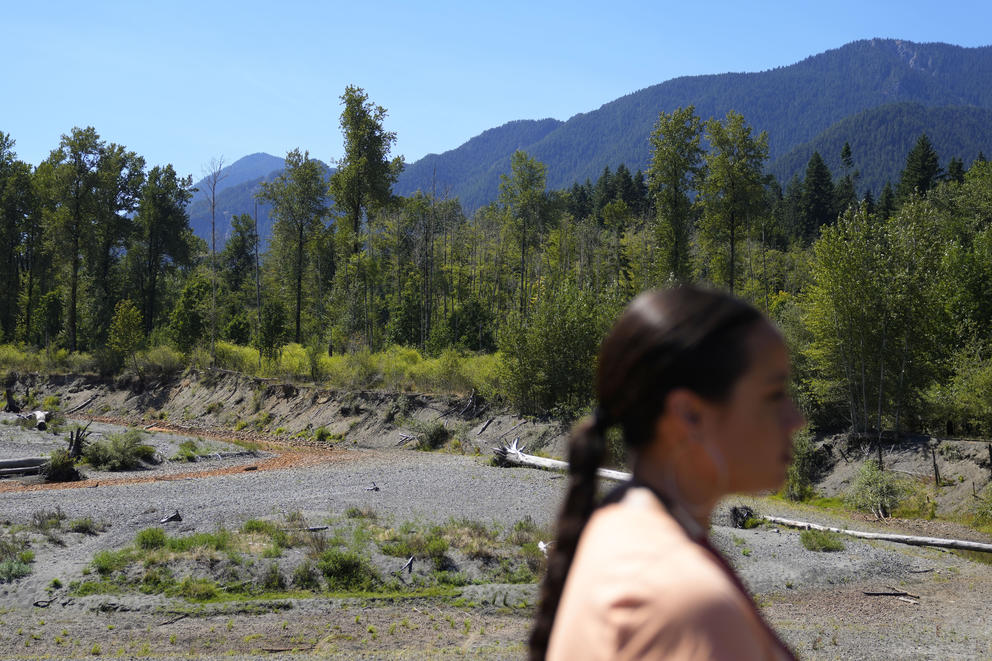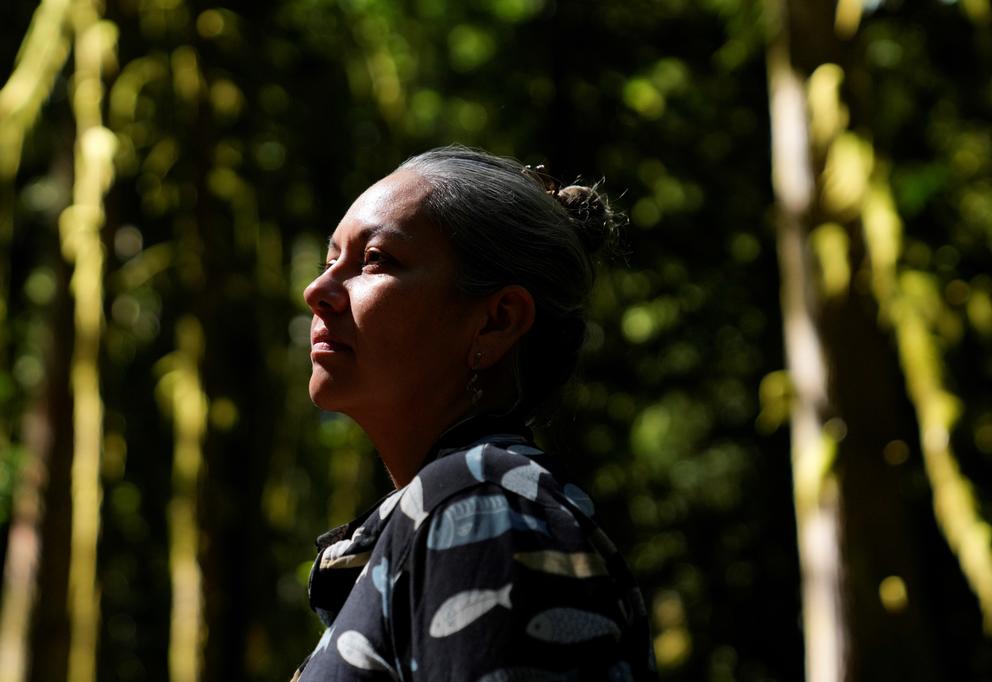According to the report, non-timber forest products are essential to many tribal communities. Traditional herbaceous plants are found within forested areas while fish, wildlife, roots, fungi and edible tree components such as sap, seeds and nuts are harvested by communities for medicinal purposes and to provide connection to lands.
“Indian forestlands are quite diverse across the country. But all have one thing in common, they are a lifeline for the tribes that live on these lands,” wrote the authors. “The tribal needs from their forests are diverse: forests provide everything from stumpage revenue to employment to harvesting game for subsistence, to being cultural and religious sanctuaries.”
Since 2013, Tribal Priority Allocations, or TPA, which provide federal funding for basic tribal services like ecosystem and landscape conservation, have been relatively stagnant despite rising costs for forestry management at the Bureau of Indian Affairs. Coupled with subpar funding for other services like law enforcement and health care, Desautel says much of that TPA funding is often dispersed to different departments, like education.
“Because of that lack of funding and staffing, we’ve got significant backlogs in work that should have been done over the previous decades,” said Desautel. “That puts our forests at worse health and higher risk of disturbance.”
The lack of funding has created limited staffing and issues around workforce capacity that have impacted tribal forest management. “Neither the BIA nor tribes have adequate funds to pay for staffing,” said the authors of the study. “In multiple visits the team was told that the annual funding from the Bureau has not increased in 20 or more years and is no longer a sufficient amount to pay [the] salaries it was originally designed to.”
For tribes such as the Confederated Tribes of the Colville Reservation, timber made up a large fraction of their revenue, at one point providing 80 percent of their yearly budget. “It paid for that tribal council, it paid for a police force, it paid for 80 percent of our staff,” said Desautel. “It was hands-down the most important resource we had to ensure that we had money to function as a tribal government.” However, he adds that a transition is being made by many tribes to find funding and revenue in other places.
The study’s authors also found that climate change, wildfires and catastrophic natural events are causing unprecedented destruction at a massive scale, making the need for forest protection and conservation even more dire.
Carbon sequestration is gaining popularity across Indian Country as well. Projects adopted by indigenous nations including Fond Du Lac Band of Lake Superior Chippewa, Keweenaw Bay Indian Community, and Lower Brule have been embraced among other tribes and have been used in commercial forestlands as sequester options. Indigenous forests, particularly the Amazon rainforest, are helping curb climate change. The world’s forests, which cover about 30 percent of Earth’s land, absorbed approximately 7.2 billion more metric tons of CO2 per year than they emitted between 2001 and 2021.
However, despite world leaders spending billions of dollars to protect forests, only 17 percent of global funding actually goes to Indigenous communities, like those in the United States. Desautel said government leaders must work with Indigenous peoples to provide better funding for tribal forestry.
“Tribes are vastly underfunded compared to other federal agencies, and we don’t think that should be the case,” said Desautel. “We also know that because of that lack of funding and staffing that we’ve got significant backlogs in work that should have been done over the previous decades. That puts our forests in worse health and higher risk of disturbance.”
This story was originally published by Grist. Sign up for Grist’s weekly newsletter here.




